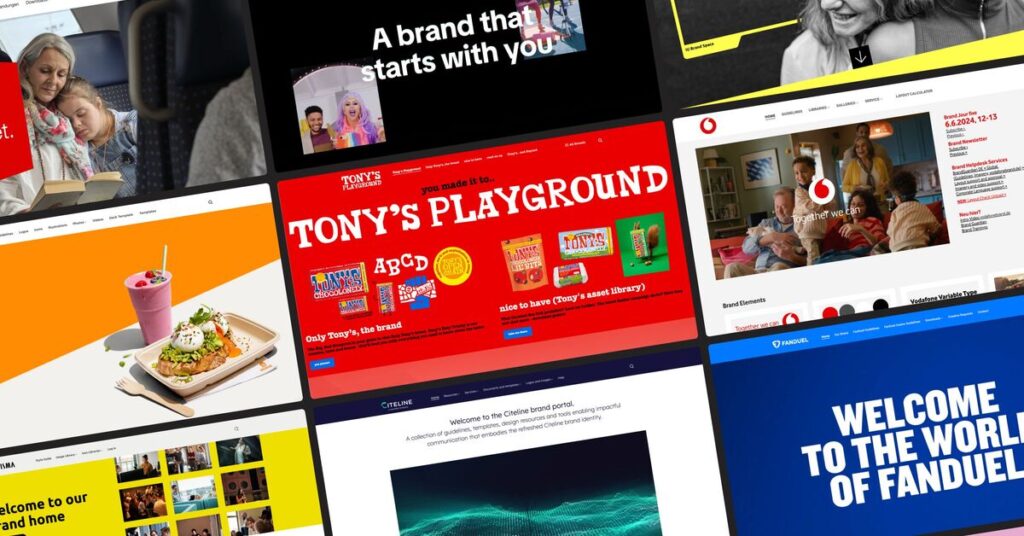In today’s competitive business landscape, maintaining customer trust is essential. Given the abundance of choices available to consumers, offering unique services and actively addressing their pain points becomes crucial for businesses of all sizes. This is where brands can adopt a brand perception strategy. Follow me as we discuss brand perception – what it is, why it matters, how to measure it, and how to improve it. We’ll also explore the factors that shape brand perception and provide actionable strategies for organizational growth.
What is Brand Perception?
Brand perception is how your target audience views your company, products, and services. It encompasses their thoughts, feelings, and opinions about your brand. Brand perception is shaped by every interaction and experience customers have with your company.
Why Brand Perception Matters?
Brand perception influences your ability to attract and retain loyal customers. Research demonstrates that approximately 59% of people prefer to purchase new products from brands they trust. Therefore, building a strong brand perception offers several benefits, including increased customer loyalty and a competitive edge in the market. It goes beyond your logo, tagline, or other branding elements. When people have a positive perception of your brand, they are more likely to choose you over competitors. They may even pay a premium for your products. Building brand loyalty through positive perception can lead to long-term business growth.

Core Elements That Shape Brand Perception
Several factors work together to form your brand’s image in customers’ minds:
- Emotional Connections: The feelings your brand elicits, often through customer service and advertising.
- Visual Identity: Logos, color schemes, website design – how your brand looks. Visuals make a quick first impression. Customers assign meanings and values to hues and use graphic design as a shorthand for a brand’s identity. Tactical brand guidelines ensure these visual cues convey the intended image.
- Brand Personality: The tone and voice you use in communications that give your brand its distinct personality.
- Multi-Sensory Interactions: Ways your brand engages various senses, like audio branding and textures.

Measuring Your Brand Perception
To improve brand perception, you first need to measure it. Here are some effective methods:
- Brand Perception Surveys: Ask customers direct questions about your brand in surveys. Segment surveys for different groups like new customers, long-term customers, former customers, and non-customers. This reveals various perceptions.
- Social Media Monitoring: Use social listening tools to identify and analyze social conversations about your brand. Monitor keywords, hashtags, and @mentions for volume and sentiment.
- Focus Groups: In-person focus groups let you have deeper conversations with customers about their brand perceptions. Look at both verbal and non-verbal feedback.
- Brand Mentions: Track the number of brand mentions and impression volume across channels like news articles, reviews, and industry reports. Increased brand visibility improves perception.
Tips for Improving Your Brand Perception
Here are some proven ways to enhance how people perceive your brand:
- Showcase Your Brand Personality: Build an emotional connection through consistent branding and messaging that highlights your brand personality.
- Listen and Respond to Feedback: Actively respond to all customer feedback across channels. Quick resolution of complaints prevents brand damage.
- Leverage User-Generated Content: User reviews, social posts, and testimonials are more powerful than branded content. Repurpose them across marketing.
- Reward Loyal Customers: Loyalty programs, personalized offers, and VIP treatment make customers feel valued. This directly improves brand sentiment.
- Analyze Your Competition: Keep tabs on competitors’ brand perceptions. You can differentiate your brand accordingly.
- Train Employees as Brand Ambassadors: Well-trained staff that live your brand values are the best evangelists. They shape daily customer interactions.
Ways to Enhance Your Brand Reputation
Once you know how your brand is currently perceived, take steps to shape an improved, stronger reputation:
- Upgrade Customer Service: Positive experiences build positive perceptions.
- Show You Listen: Respond visibly to customer feedback and concerns.
- Share User Content: Reviews and social posts from real customers add credibility.
- Monitor the Market: Stay on top of cultural trends and adjust tone if needed.
- Keep it Humble: Avoid aggressive claims of superiority – let customers boast for you.
Successful Brand Perception: 5 Brand Examples
A company’s brand image and perception are crucial for success. While a positive brand perception attracts customers, a negative one can seriously damage a business. However, the good news is that brand perception can be improved with careful planning and strategy. Here are 5 great examples of companies that successfully redefined their brand image.
Snickers – Hunger Appeals to Humanizing Desires
Snickers’ “You’re not you when you’re hungry” campaign targeted the universal feeling of hanger’s effect on mood. By acknowledging hunger can make someone grumpy or irritable, Snickers connected with consumers in a humorous, relatable way. This improved its brand image as an accessible solution for maintaining a fun, cheerful personality.
Volvo – Safety to Scandi-Sophistication
Although known for safety, Volvo’s boxy cars became seen as boring. By revamping design with sleek lines, premium interiors, and sophisticated styling, Volvo rebranded itself as an aspirational Scandinavian brand. This expanded its brand beyond just practical to include desirable and discerning.
Zoom – Addressing Video Fatigue Head-On
Zoom quickly became essential during the pandemic, but also caused video call fatigue. Zoom improved perception by directly acknowledging this issue and framing itself as a necessary communication tool. This positioned Zoom as understanding customer needs during an exhausting time.
Burberry – From Stodgy to Stylish
Burberry was seen as outdated and boring but repositioned itself as a young, modern brand by using British actress Emma Watson as the face of campaigns. This moved its image from stodgy to stylish.

Patagonia – Eco-Friendly Focus
Patagonia became known as the overpriced “Patagucci.” To combat this perception, it increased sustainability efforts like Worn Wear clothing recycling. This underscored its eco-friendly commitment versus elitist image.
To sum it up, a brand’s success depends on how people see it. While Snickers, Volvo, and Zoom changed perceptions by connecting with customers and telling relatable stories, Burberry and Patagonia did the same by updating their stories honestly and interestingly as well.
The Big Picture
Brand perception can be a significant marker of how well your brand interfaces with its group of onlookers. Making a positive brand perception takes time, effort, and a profound understanding of your customers‘ needs. By making an interesting brand voice, reliably conveying your brand promise, and building a solid brand image, you’ll be able to make brand recognition that upgrades your organizational development. Keep in mind, building solid brand recognition is an ongoing process that requires constant exertion and consideration.
Also Read: Why Brands Cannot Afford to Lose Focus?



